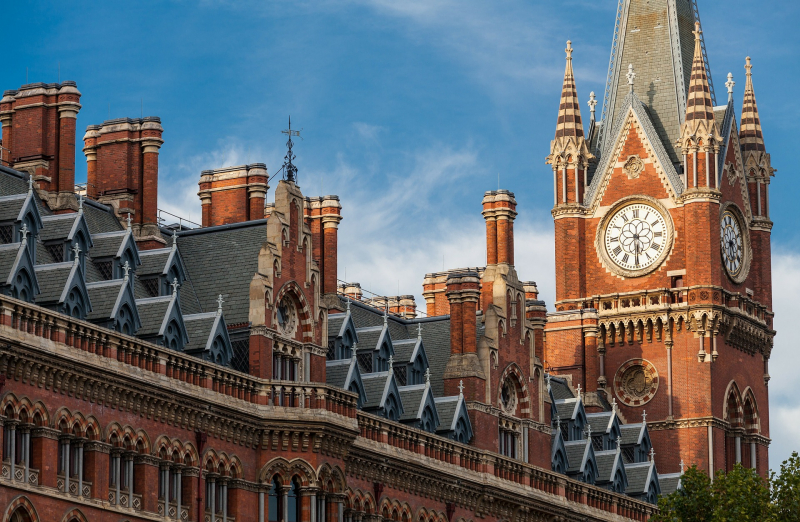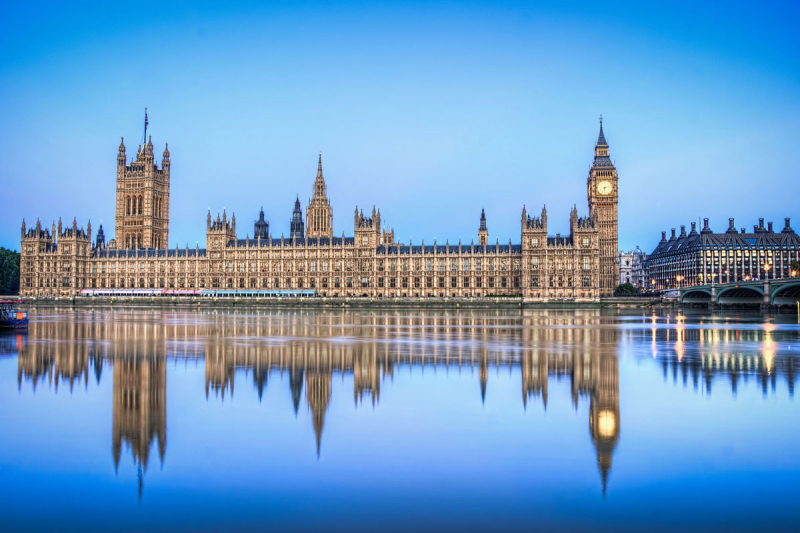Architecture
Due to its distinct styles and shapes, British architecture is exceptional. Their architectural design reflects distinctive characteristics from several historical eras, including the Roman conquest in the fifth century, the Dark Ages, and the Renaissance, whose influence may still be seen in British architectural legacy.
There are castles, monuments, and other architectural structures all around the nation, and many of them have been converted into tourist destinations in recent years. The most recent style in modern architecture blends seamlessly with these items.
British architecture is outstanding because of its distinctive forms and shapes. Their peculiar architectural style reflects traits from several historical periods, such as the fifth-century Roman conquest, the Middle Ages, and the Renaissance, whose impact may still be felt in the legacy of British architecture.
There are castles, monuments, and other architectural buildings all around the country, and many of them have recently been transformed into tourist attractions. These elements effortlessly meld with the newest architectural design.
There are still a handful of stone castles from the protracted Scottish Independence War in the fourteenth century on both sides of the Anglo-Scottish border. Later engineering advancements during the Renaissance led to the emergence of numerous new architectural styles.
Old castles in the UK also contribute to the country's architectural heritage. Windsor Castle, Edinburgh Castle, Leeds Castle, Alnwick Castle, Cardiff Castle, Bodiam Castle, Stirling Castle, Caernarfon Castle, Warwick Castle, Bamburgh Castle, and others are among the most stunning and popular tourist destinations.















